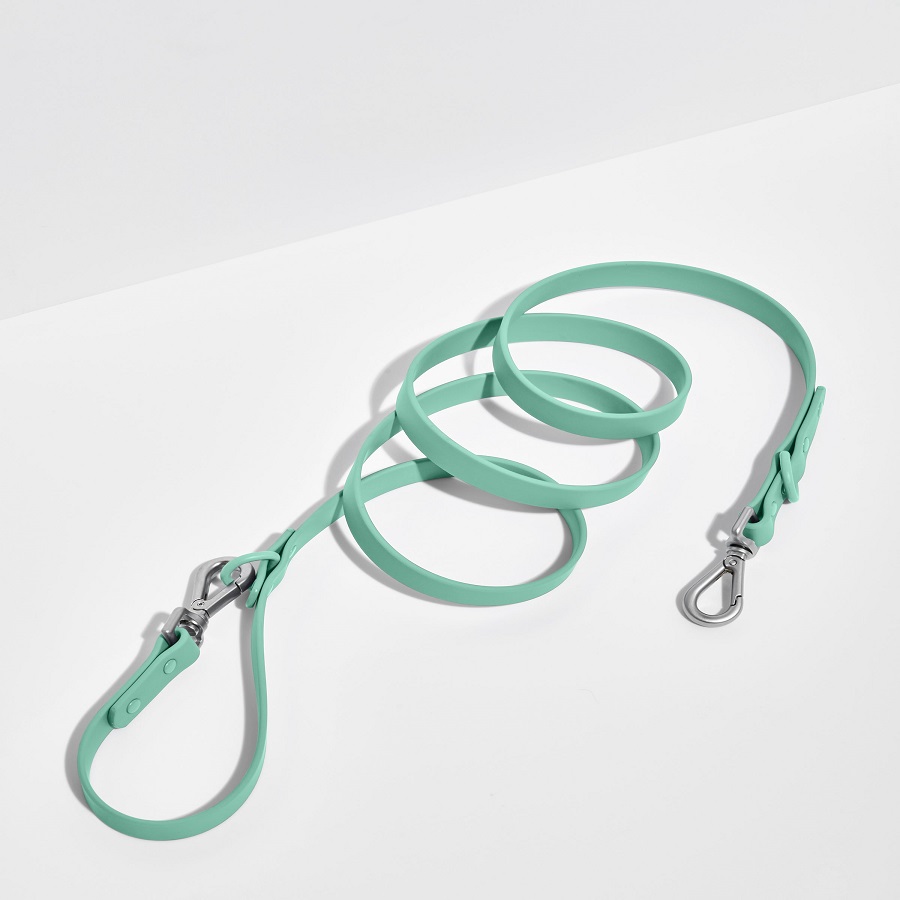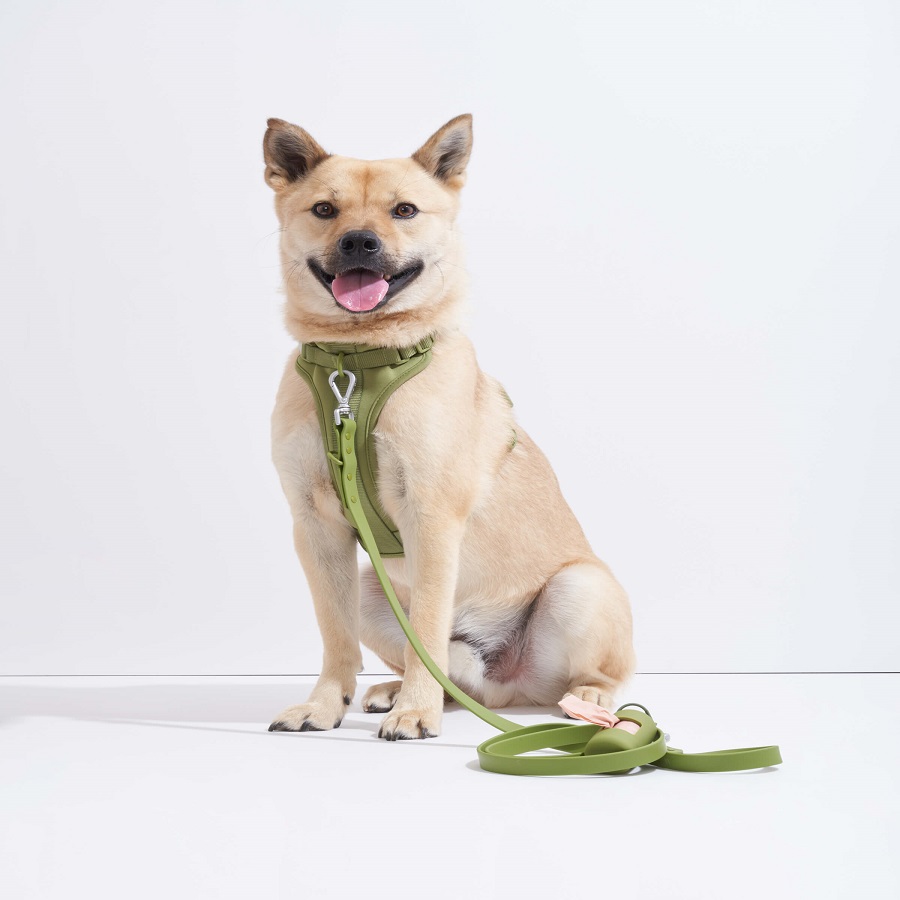Maintaining a clean and fresh dog leash is essential not just for aesthetics, but also for hygiene and safety. Leashes can accumulate dirt, bacteria, and odors from daily use. This guide provides you with comprehensive tips and techniques to keep your dog leashes in top condition.
Understanding the Importance of Clean Leashes
Why Clean Leashes Matter
Dog leashes are crucial for controlling your pet during walks, ensuring their safety, and promoting good behavior. However, over time, they can collect dirt, saliva, and other contaminants. A dirty leash can lead to a build-up of bacteria, which could pose health risks to both dogs and their owners. Additionally, a clean leash looks more appealing and can enhance the overall experience of walking your dog.
The Risks of Neglecting Leash Hygiene
Neglecting leash hygiene can have several consequences. Firstly, a dirty leash can transfer harmful bacteria to your dog, especially if they chew on it or if it comes into contact with their skin. This could lead to skin irritations or infections. Moreover, odors can develop, making walks less enjoyable for you and your pet. By keeping your leash clean, you contribute to a healthier environment for both you and your furry friend.

Types of Dog Leashes and Their Care
Common Types of Dog Leashes
There are various types of dog leashes available on the market, including nylon, leather, chain, and retractable leashes. Each type has unique properties that may require different cleaning methods. For instance, nylon leashes are generally machine washable, while leather leashes require special care to maintain their quality.
Tailoring Your Cleaning Approach
Understanding the material of your leash is crucial for effective cleaning. For nylon leashes, a simple wash in the machine might suffice. Leather leashes, however, should be cleaned with a damp cloth and treated with leather conditioner to keep them supple. Chain leashes can be wiped down with a cloth and may require occasional lubrication to prevent rusting. Adapting your cleaning approach to the specific material ensures your leash remains in good condition for years to come.
Step-by-Step Guide to Washing Dog Leashes
Preparation for Washing
Before you start the cleaning process, gather all necessary materials. This includes mild detergent, a soft brush, a cloth, and, depending on the leash type, leather conditioner or lubricant. If your leash has a clip or other hardware, inspect it for any damage that might need attention. Proper preparation can streamline the cleaning process and ensure effective results.
Washing Nylon Leashes
- Machine Wash Method: For nylon leashes, the easiest way to clean them is by placing them in the washing machine. Use a gentle cycle with cold water and a mild detergent. To prevent tangling, consider placing the leash inside a mesh laundry bag.
- Hand Washing Method: If you prefer to hand wash, fill a basin with warm water and mild detergent. Submerge the leash and use a soft brush to scrub away dirt and stains. Rinse thoroughly to remove all soap residue.
Cleaning Leather Leashes
Cleaning leather leashes requires a bit more care to prevent damage:
- Surface Cleaning: Use a damp cloth to wipe down the surface of the leather. Avoid soaking the leather, as excess moisture can lead to warping.
- Conditioning: After cleaning, apply a leather conditioner to maintain flexibility and prevent cracking. Follow the product instructions for the best results.
Caring for Chain Leashes
Chain leashes need less frequent cleaning, but they still require maintenance:
- Wiping Down: Use a damp cloth to wipe off any dirt or debris. Ensure that you get into the crevices of the chain links.
- Lubrication: Occasionally, apply a light lubricant to the chain to prevent rusting and ensure smooth operation of the clasp.
Maintaining Freshness Between Washes
Quick Cleaning Tips
While regular washing is essential, there are ways to maintain leash freshness between deep cleans. After walks, give your leash a quick wipe with a damp cloth to remove dirt and moisture. You can also spray a light mixture of water and vinegar to neutralize odors. Be sure to test any cleaning solution on a small area first to ensure it does not damage the material.
Storage Solutions
How you store your leash can also impact its cleanliness. Avoid leaving your leash on the ground or in a damp area, as this can promote the growth of bacteria and mold. Instead, hang it in a dry location or store it in a designated bag. If you live in a humid climate, consider using silica gel packets to absorb moisture in the storage area.

Signs It’s Time to Replace Your Leash
Identifying Wear and Tear
Even with diligent cleaning, dog leashes have a limited lifespan. Regularly inspect your leash for signs of wear, such as frayed edges, rust on metal parts, or a compromised clasp. A damaged leash can pose safety risks, as it may not be able to securely hold your dog.
When to Upgrade
If you notice significant damage or if the leash has lost its structural integrity, it’s time to consider a replacement. Investing in a new leash can enhance your walking experience and ensure the safety of your dog. Look for durable materials and designs that suit your dog’s size and behavior.
Eco-Friendly Leash Cleaning Options
Sustainable Cleaning Products
For environmentally conscious pet owners, choosing eco-friendly cleaning products can be beneficial. Look for biodegradable detergents and natural cleaning solutions that effectively remove dirt without harmful chemicals. Many brands offer pet-safe options that are gentle on both the environment and your dog.
DIY Cleaning Solutions
You can also create your own cleaning solutions using common household items. For example, a mixture of vinegar and water can effectively eliminate odors and disinfect leashes. Baking soda is another great natural cleaner that can tackle tough stains and odors without harsh chemicals.
Seasonal Considerations for Leash Care
Adjusting Cleaning Frequency
The season can influence how often you should clean your dog leash. In muddy or rainy seasons, leashes may get dirtier more quickly, necessitating more frequent washes. Conversely, in dry months, a simple wipe-down may suffice. Be attentive to your dog’s activities; after particularly messy outings, give the leash a thorough clean to prevent dirt from building up.
Protecting Against Seasonal Elements
In colder months, road salt and snow can cling to leashes, potentially causing damage. After winter walks, make it a habit to rinse off any salt residue with warm water and dry the leash thoroughly. For leather leashes, consider using a protective spray designed for leather to shield against moisture and salt.
Tips for Choosing the Right Leash
Material Considerations
When selecting a new leash, consider the material that best suits your lifestyle and your dog’s behavior. Nylon is lightweight and easy to clean, making it ideal for active dogs. Leather offers durability and a classic look but requires more maintenance. Chain leashes are great for strong pullers, while retractable leashes provide flexibility in length.
Safety Features
Look for leashes that include safety features, such as reflective materials for visibility during nighttime walks or padded handles for comfort. Investing in a leash with a sturdy clasp is also crucial for ensuring your dog’s safety while out on walks.

Conclusion: Keeping Your Leash in Top Shape
Maintaining a clean and fresh dog leash is crucial for your pet’s health and your own enjoyment during walks. By understanding the types of leashes, employing effective cleaning techniques, and recognizing when to replace your leash, you can ensure a safe and pleasant experience for you and your dog. Regular care and attention not only prolong the life of your leash but also enhance the bond you share with your furry companion. Happy walking!










